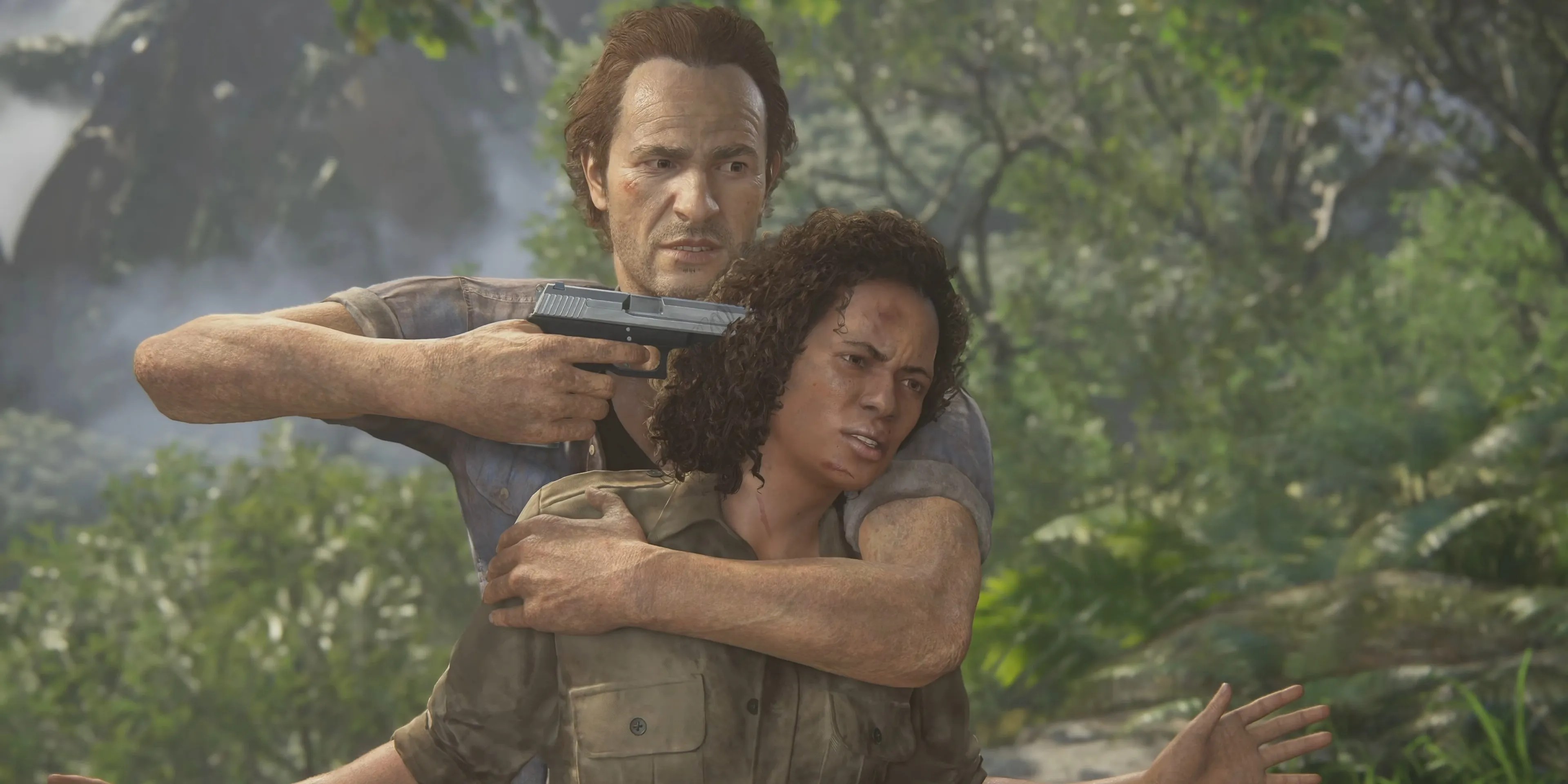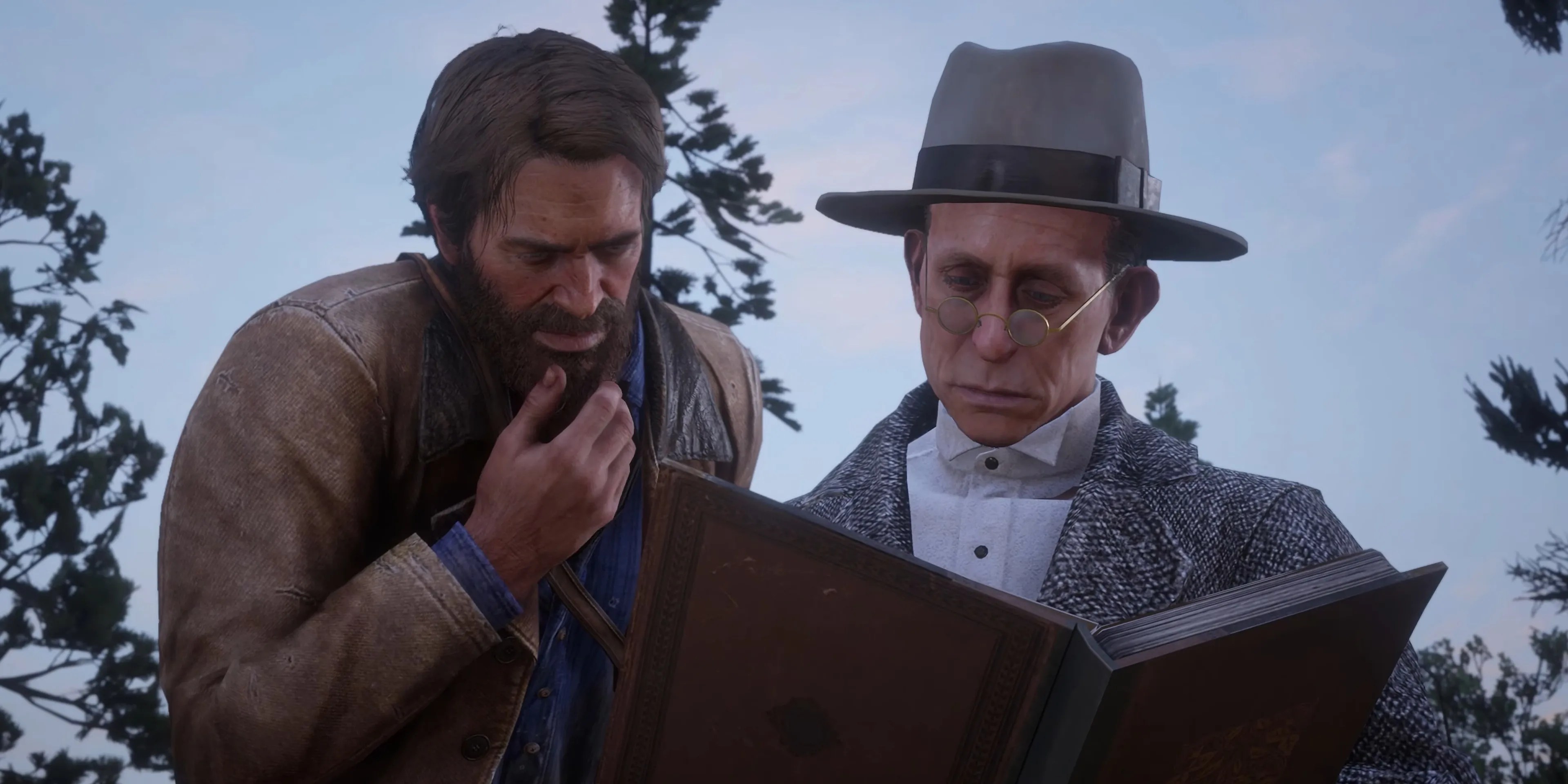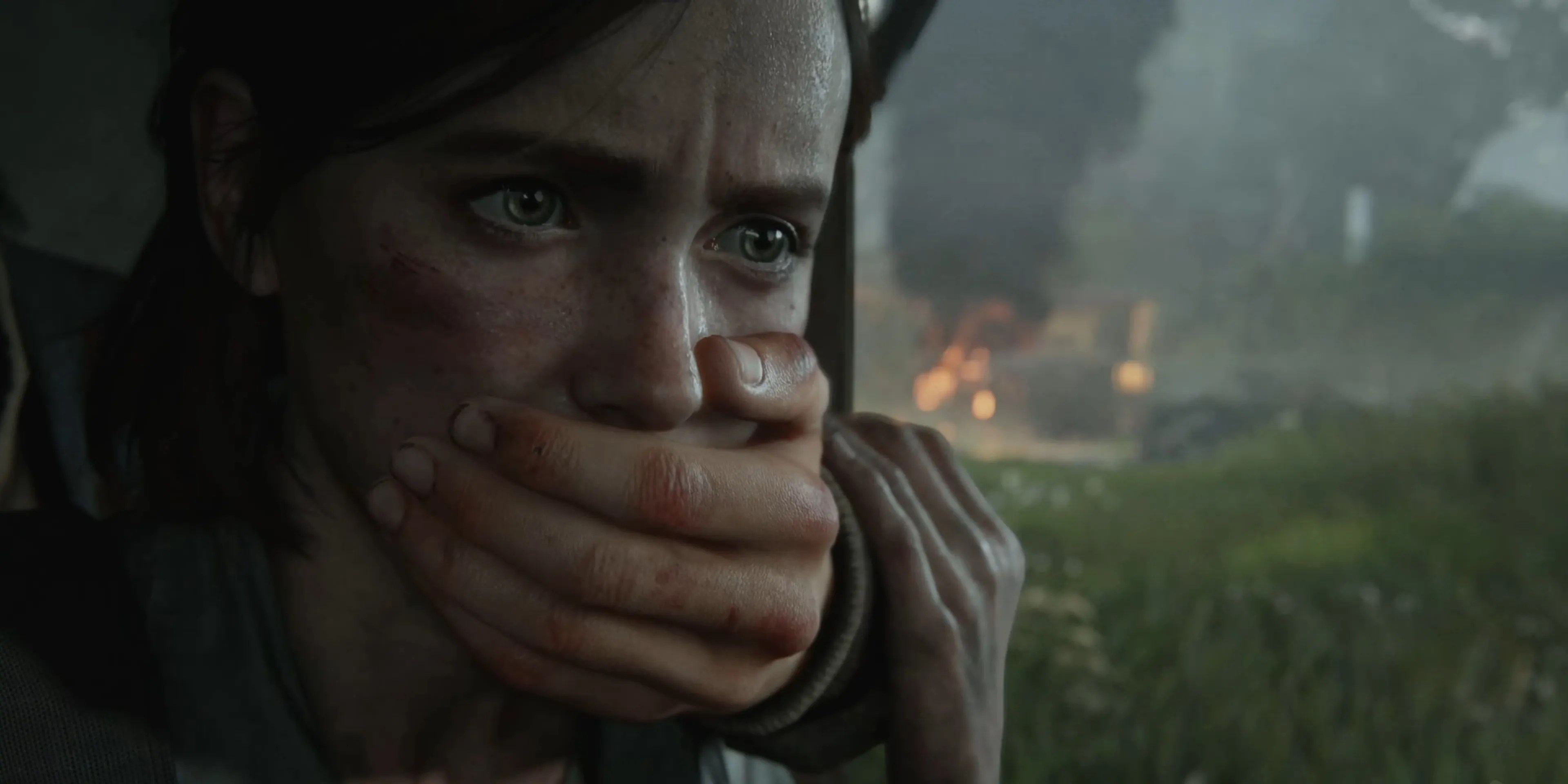Summary
Video games that use realistic,lifelike animationsexcel at captivating players and enable them to formimmersive connections with the game worldand its characters. Detailed character animations make video game characters relatable,which leads to empathy and emotional investment.
There are several games that have made a name for themselves for crafting highly-detailed worlds and human characters. Today, technology allows developers toconvey a wide range of human emotions, like happiness, sadness, anger, etc., through their virtual characters, resulting in dynamic storytelling and interactive narrative experiences. Here are some of the best video games that successfully showcase the power of lifelike animations that succeed at captivating their audiences.

Detroit: Become Humanis an interactive, narrative-driven, action-adventure game with plenty of well-animated cutscenes. Players embark on an emotional journey where they decide the fates of various robots — called Androids — who begin to gain their sentience.
The game does anexcellent job of animating these robots, who initially look emotionless, but later develop the ability to express a wide range of emotions, such as sadness, fear, and joy. Players pick up the characters’ emotional states through well-designed animations that convey these feelings.

Uncharted 4: A Thief’s Endis an action-adventure game where players follow Nathan Drake’s quest to find a hidden treasure. The game uses lifelike animations to add depth to the gameplay where every punch, gunshot, and recoil feels authentic. As the player explores the world on foot, they come in contact with various terrains, where each terrain responds uniquely to their movement. For instance, walking on a gravel-covered slope causes small stones to slide down the hill, adding to the realism.
Various actions likewalking, sprinting, and jumping take into account the character’s weight, making the actions align with real world physics. The developers have also nailed the character facial animations, which makes conversation seem authentic in cutscenes.

InGod of War: Ragnarök, players can feel the intensity of combat each time Kratos throws his Leviathan Axe or swings his Blades of Chaos to cleave through multiple enemies.Animations are used to realistically depict flinches and staggerswhich make combat encounters impactful and satisfying for players.
In moments where Kratos and Atreus interact, detailed facial animations and body language cues are used to showcase character expressions, which add depth and complexity to their relationship. As players witness Kratos’ love and protectiveness for his son, it endears the character to players and makes the entire journey even more compelling.

The level of detail and animation quality inRed Dead Redemption 2goes above and beyond anything ever seen before in video games. The game accounts for every minute animation detail likeaccurate weapon reloading, running out of air after prolonged whistling, and the intricacies of hand-to-hand combat.
Red Dead Redemption 2leverages facial animations and body language cues to make interpersonal conversations believable. Special animations are used to show how the character reacts to cold and struggles to walk in knee-deep snow, which further adds to the immersion aspect of the game.

The Last of Us Part 2excels in nailing down its granular character animations, like how Ellie struggles when fighting enemies who are bigger than her. Similarly, when Ellie throws a glass bottle at an enemy, players can find shattered glass pieces burrowed into the enemy’s face.This level of realism makes combat appear emotionally charged.
The animation quality extends to Ellie’s interactions with other supporting characters. Conversations flow smoothly between characters and accurate lip movement and hand gestures further add depth to the interactions.

Building upon its predecessor,Horizon Forbidden Westpushes the boundaries of graphical fidelity and character animation. A large part of the gameplay involves taking on challenging robotic enemies, called Machines. These Machines are replicas of organic animals, but behave differently. Machines have special animations that dictate how they move around the world, learning about these enables players to strategize around how they’ll be taking down these enemies.
The developers have also pushed the bar in terms of facial animations, which makes Aloy seem alive when she interacts with other NPCs in cutscenes, or when players decide to hop into photo mode.

Hellblade 2invites players to participate in Senua’s mind, where she grapples with mental trauma. Her struggle with trauma is exhibited through her raw emotions, which are beautifully captured through groundbreaking facial animation.
Even during combat, Senua’s struggle against her enemies is showcased through her detailed facial animation. In moments when the game slows down between combat, players can see how Senua grinds her teeth or how anger sweeps across her face. Additionally, every sword swing has a palpable sense of weight, which adds realism and intensity to each battle sequence.